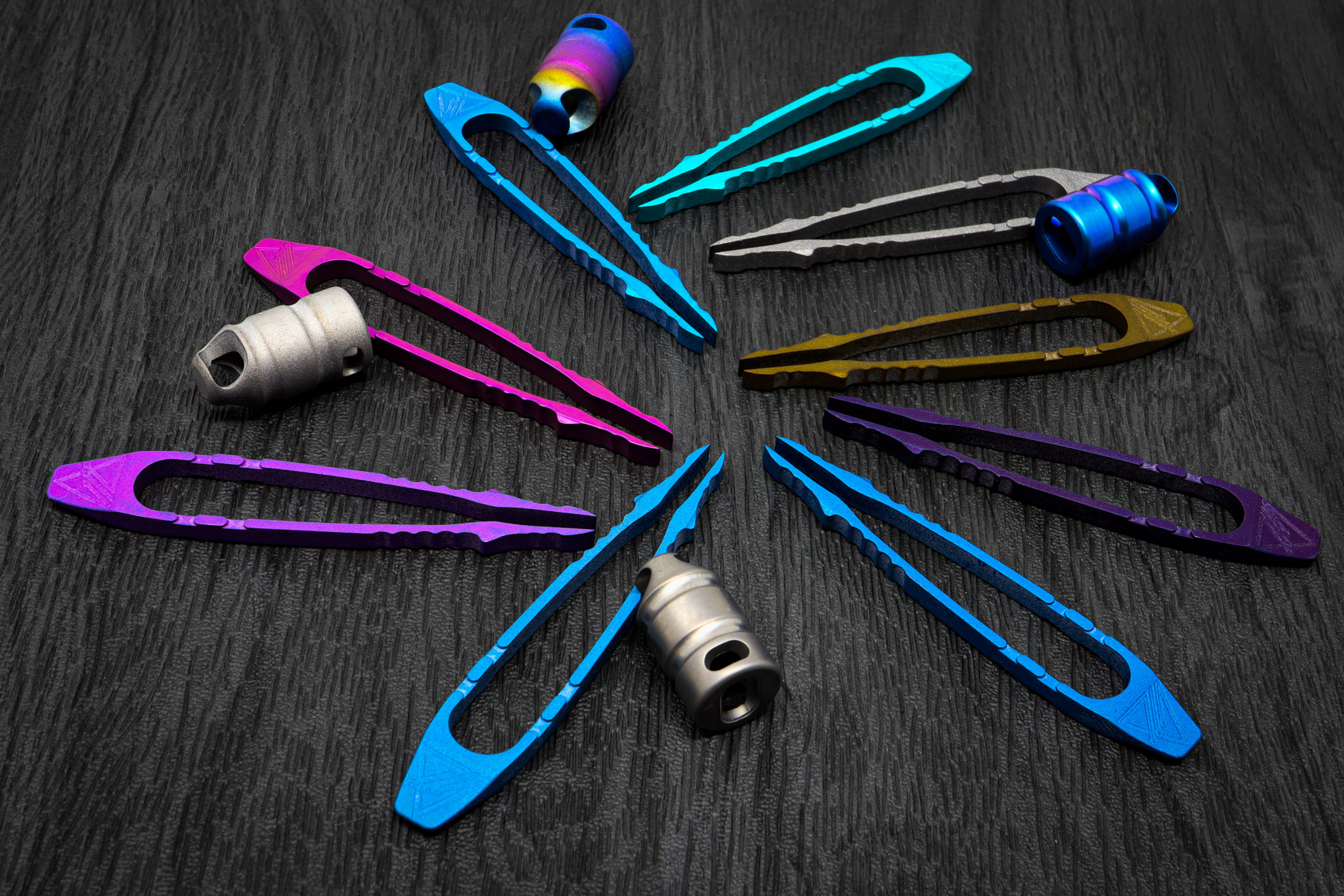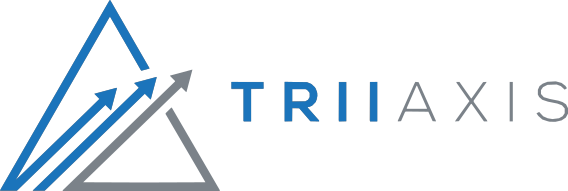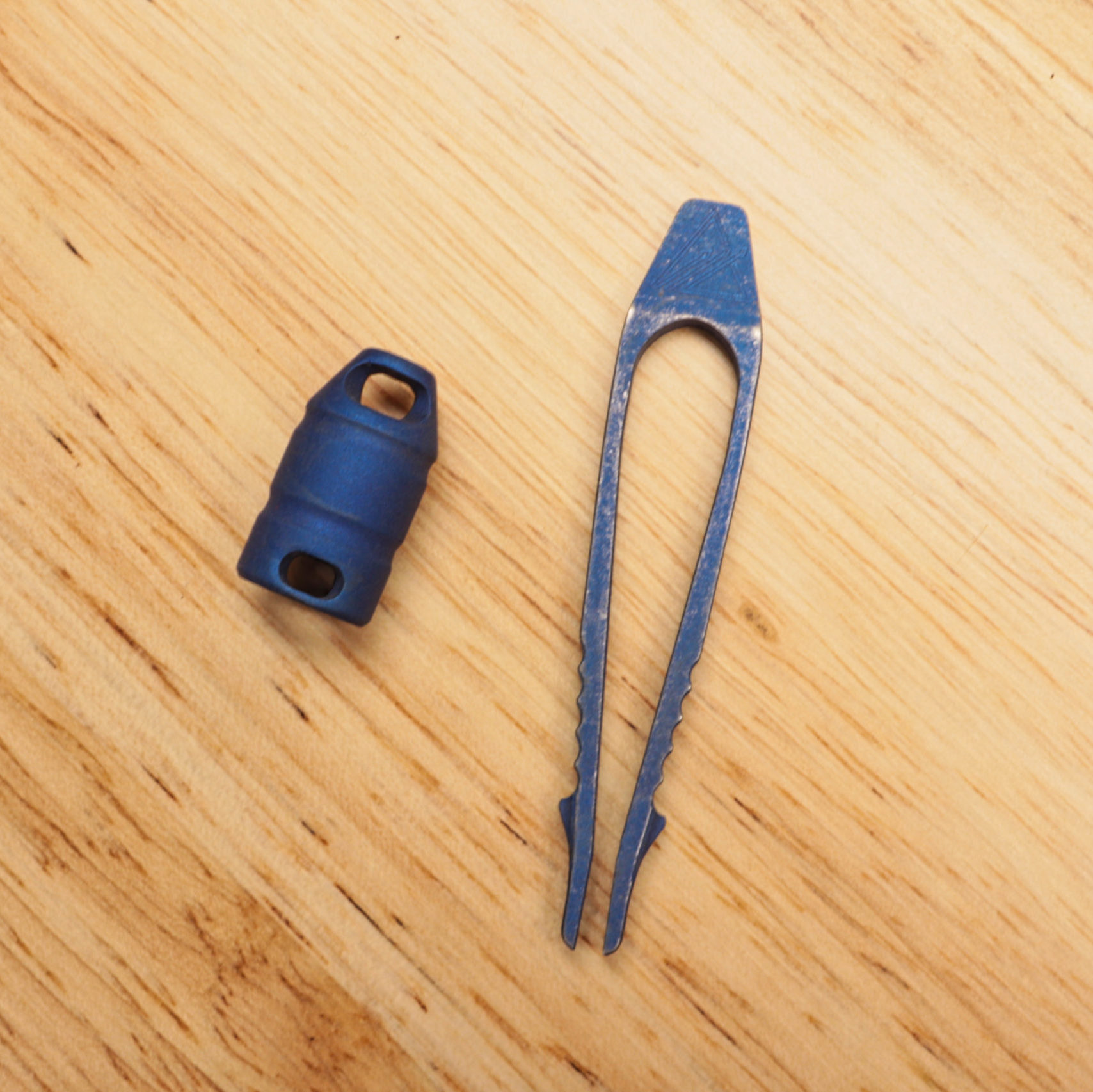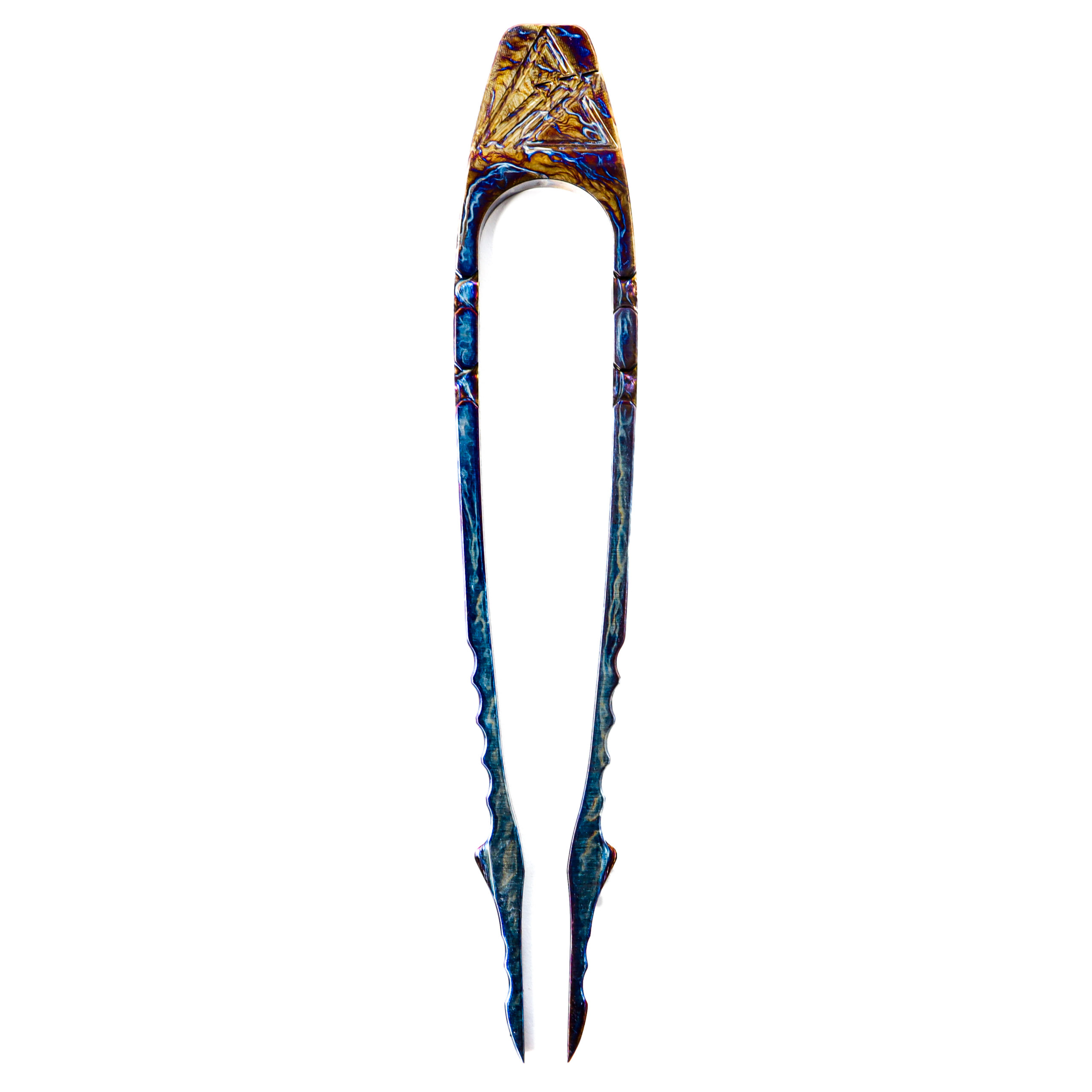We Love What We DO
Everyone loves a good idea. Bringing that idea to reality is what we do best.
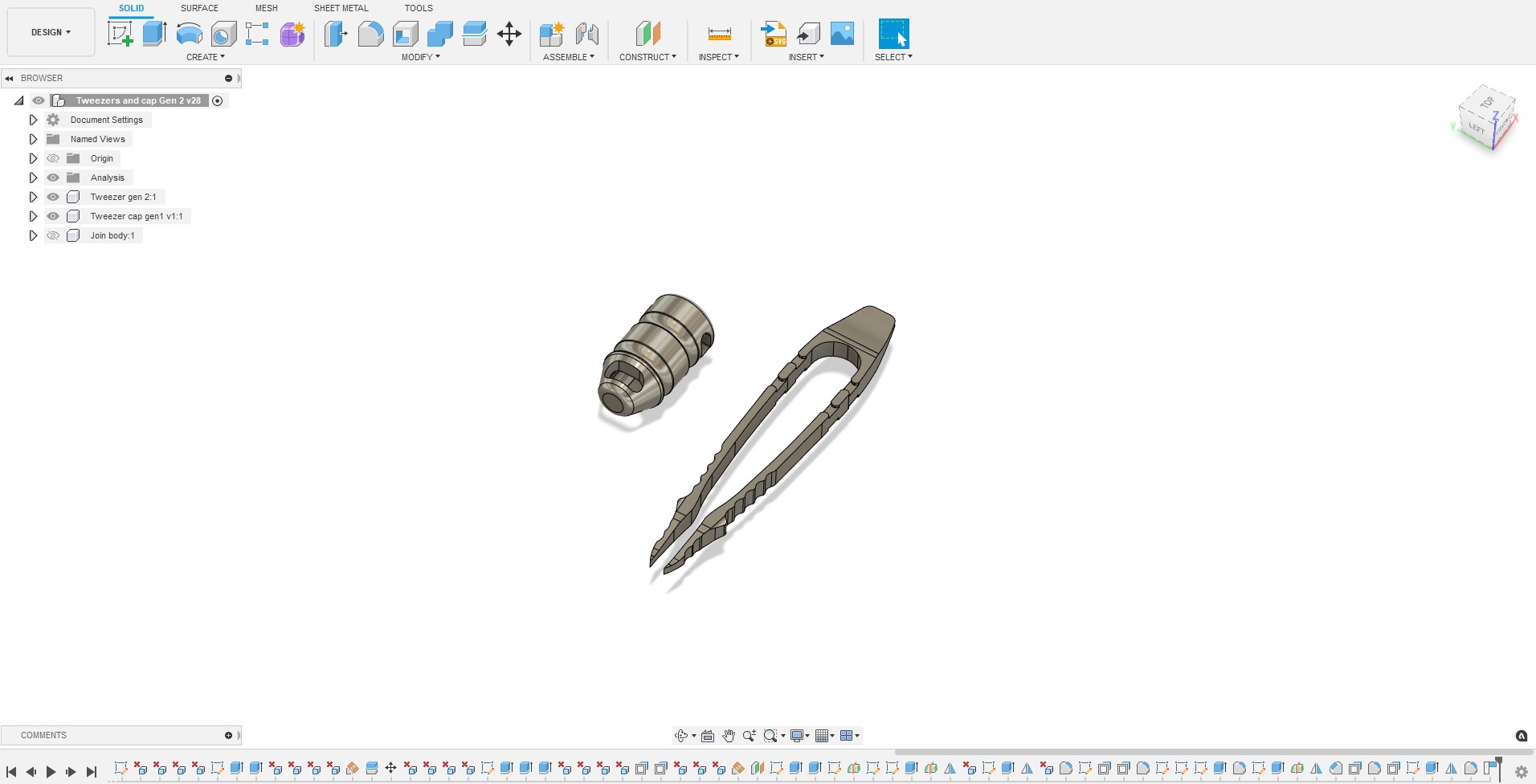
Ideas
Don’t mean much without execution. So the first step to any good product is to get it out of our heads. We use Autodesk’s Fusion360 for a good portion of our design work. Shown are the tweezers in their design phase.
When the idea has any sort of organic features, we will typically use Blender as it handles organic surfaces quite well. Shown is the RSSB when it was modeled in blender.
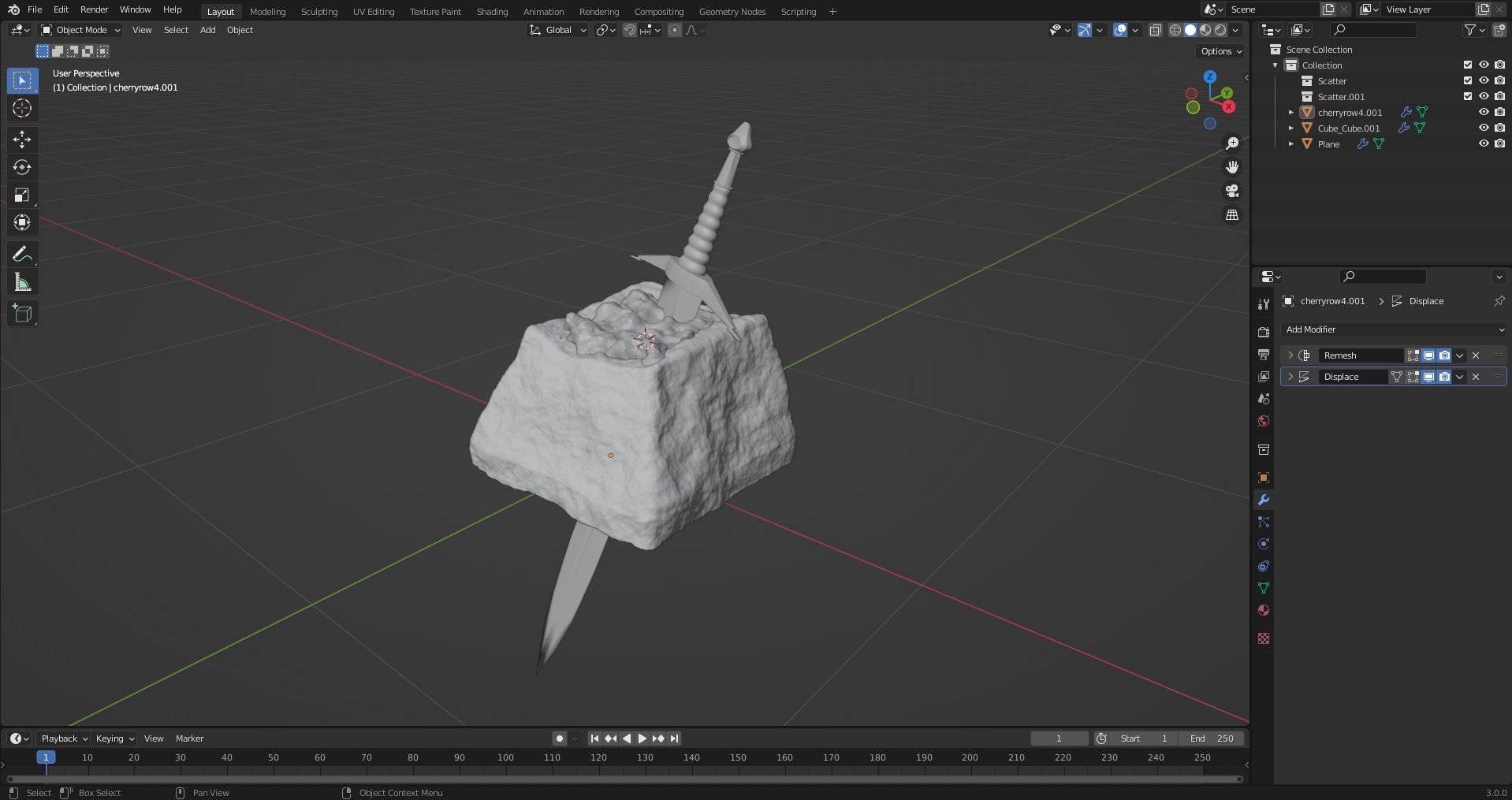
Prototype
Once we are happy with the design, we will create a prototype. This process usually involves machining, fabricating, and 3d printing. Not all those processes are necessary for every prototype though. Sometimes we just machine, and sometimes we just 3d print.
Shown is a prototype handle off an Iris.
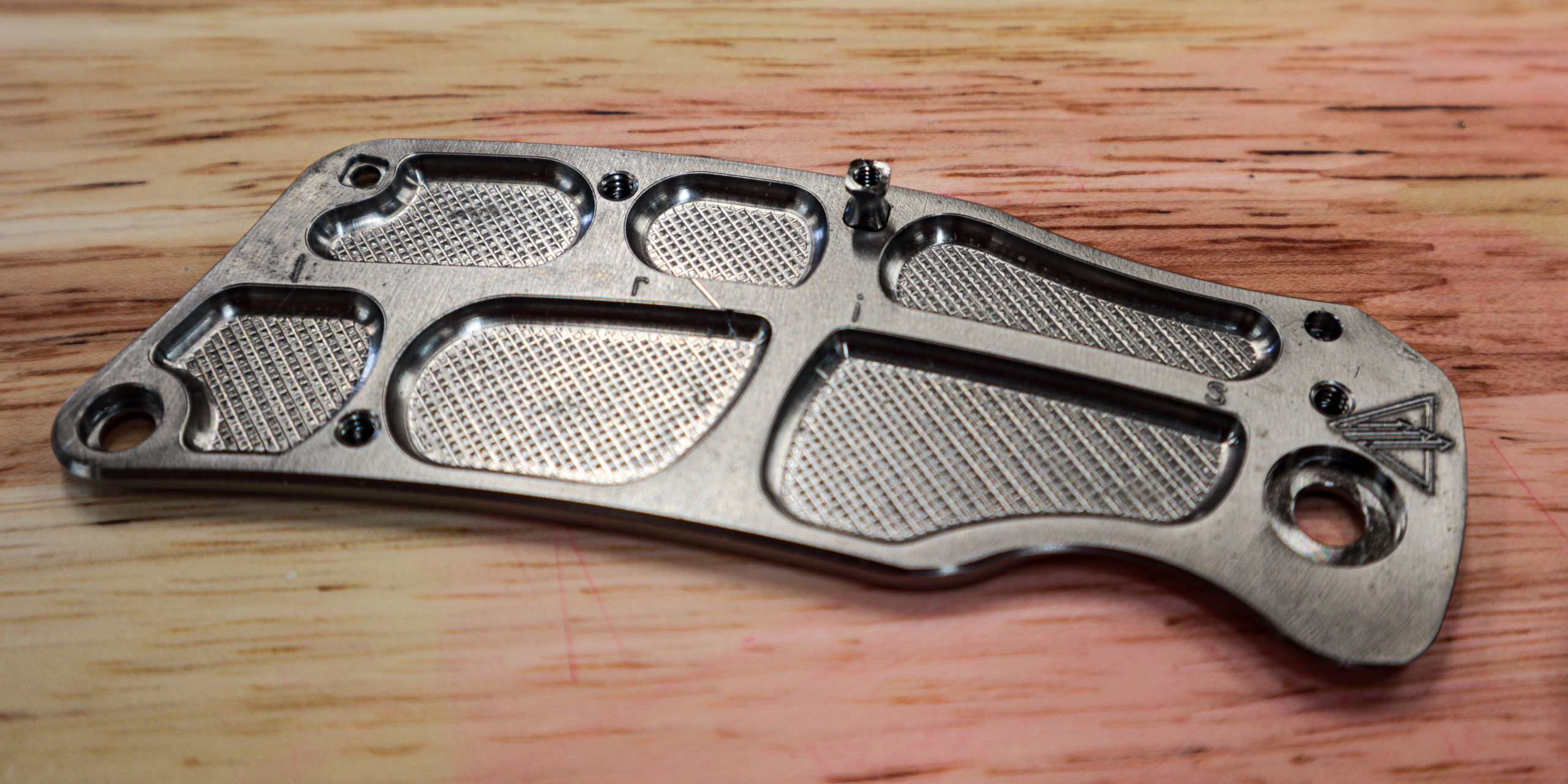
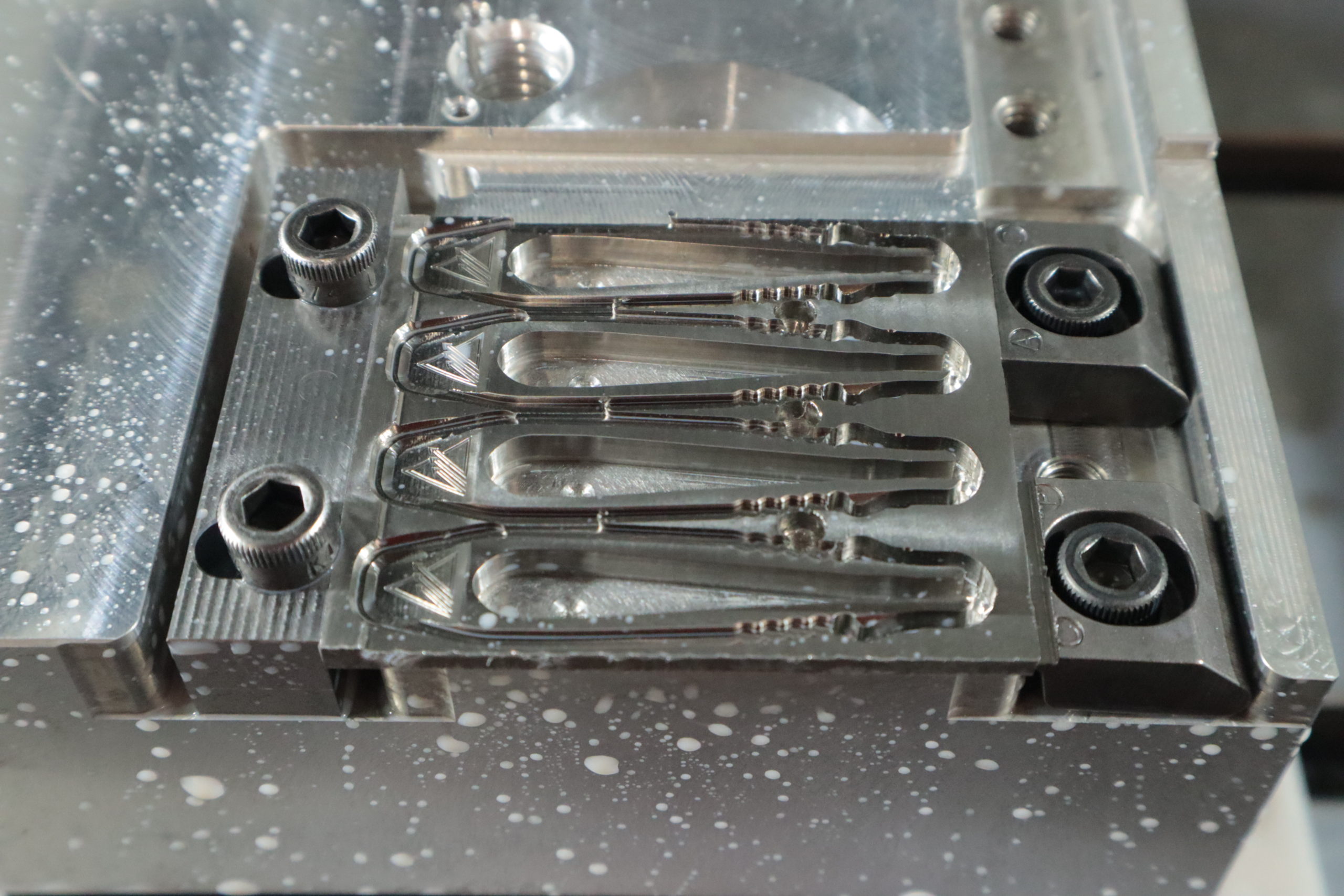
If we decide machining is the best way to produce a prototype will design and build devices called ‘fixtures’. A fixture is a device that is used to hold raw material during machining. Fixture designing is crucial to creating anything when it comes to machining. Bad fixtures lead to operator frustration, slow production speed, and out of spec parts.
Shown is the prototype fixture that was used to hold our tweezers when being manufactured.
After all the prototype fixture design work is done, we will then start working on the CAM side of things. CAM or Computer Aided Manufacturing is the portion of our process that instructs the CNC machine on how to cut our designed part specifically.
Despite common misconeceptions, CNC machines are actually kind of dumb. They have to be told specifically what to do and how to do it 90% of the time. So we spend many hours working on the CAM of a designed part / fixture. The goal is to come up with the most efficient tool cutting strategies while reducing cutting tool wear.
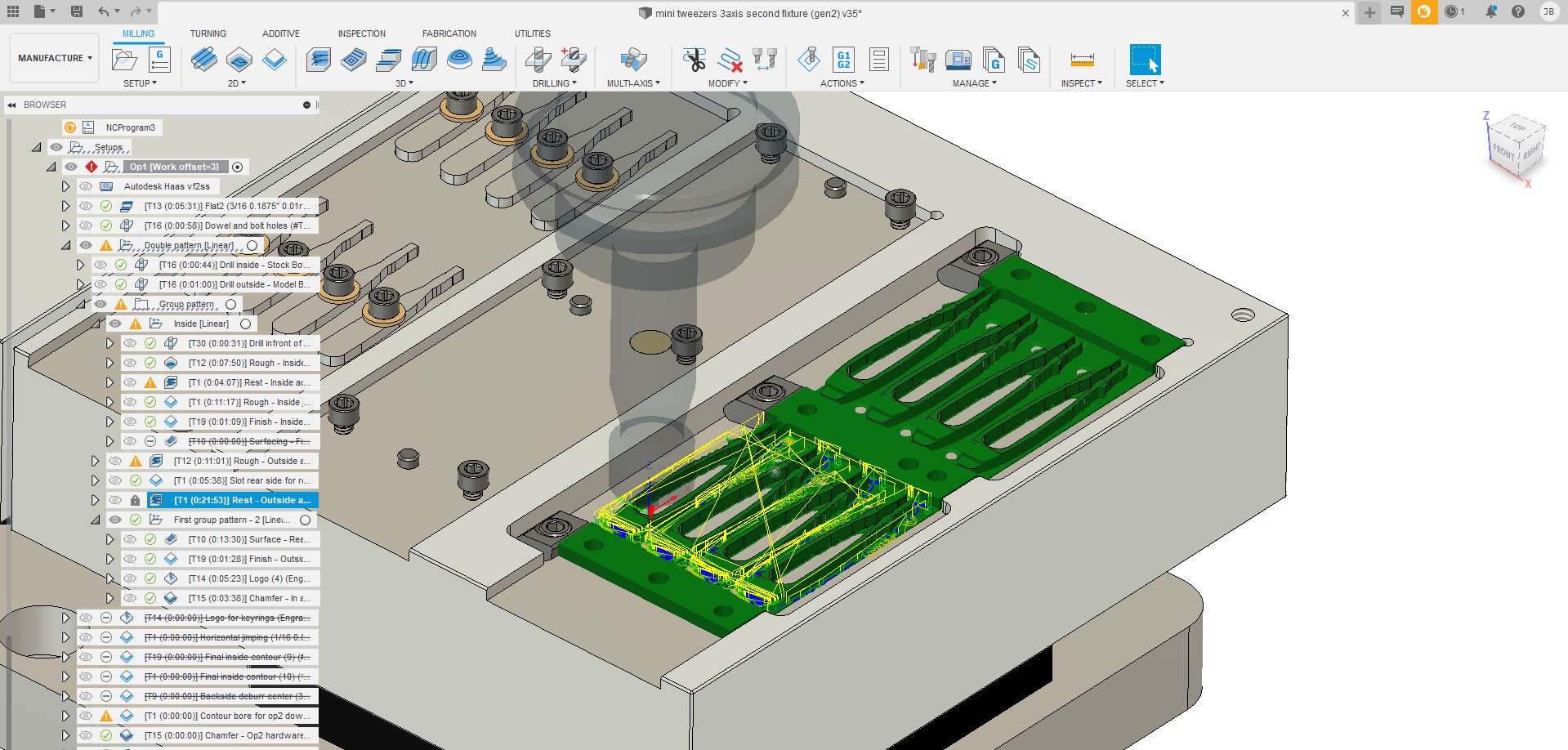
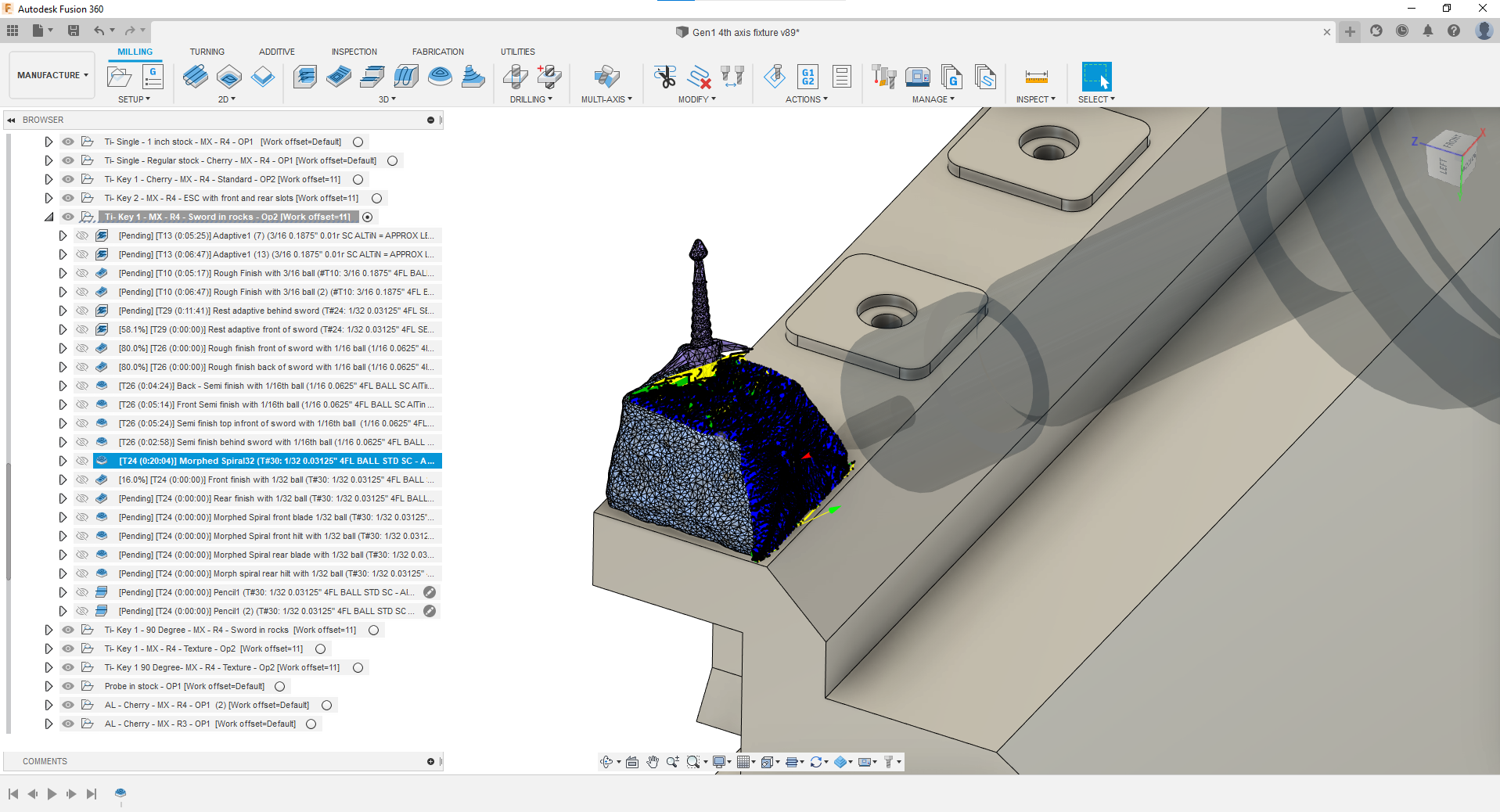
Production
Once we are happy with the prototype, and we believe a product has real market viability we’ll turn our focus towards production.
Production in this case means as many of the same product as we can produce within specifications while be as efficient as possible.
Making parts in mass can be more tricky then you may think. “You’ve made one, now do it again.” While we understand the sentiment, production presents an entire new host of challenges.
We’ll take what we’ve learned from our prototyping fixture and design a bigger and better fixture. The bigger fixture is able to hold more material for cutting. More held material in manufacturing means less tool changes, less machine wear, reduced cost both from an ecologic perspective and cost per part, while finally achieving faster production of product.
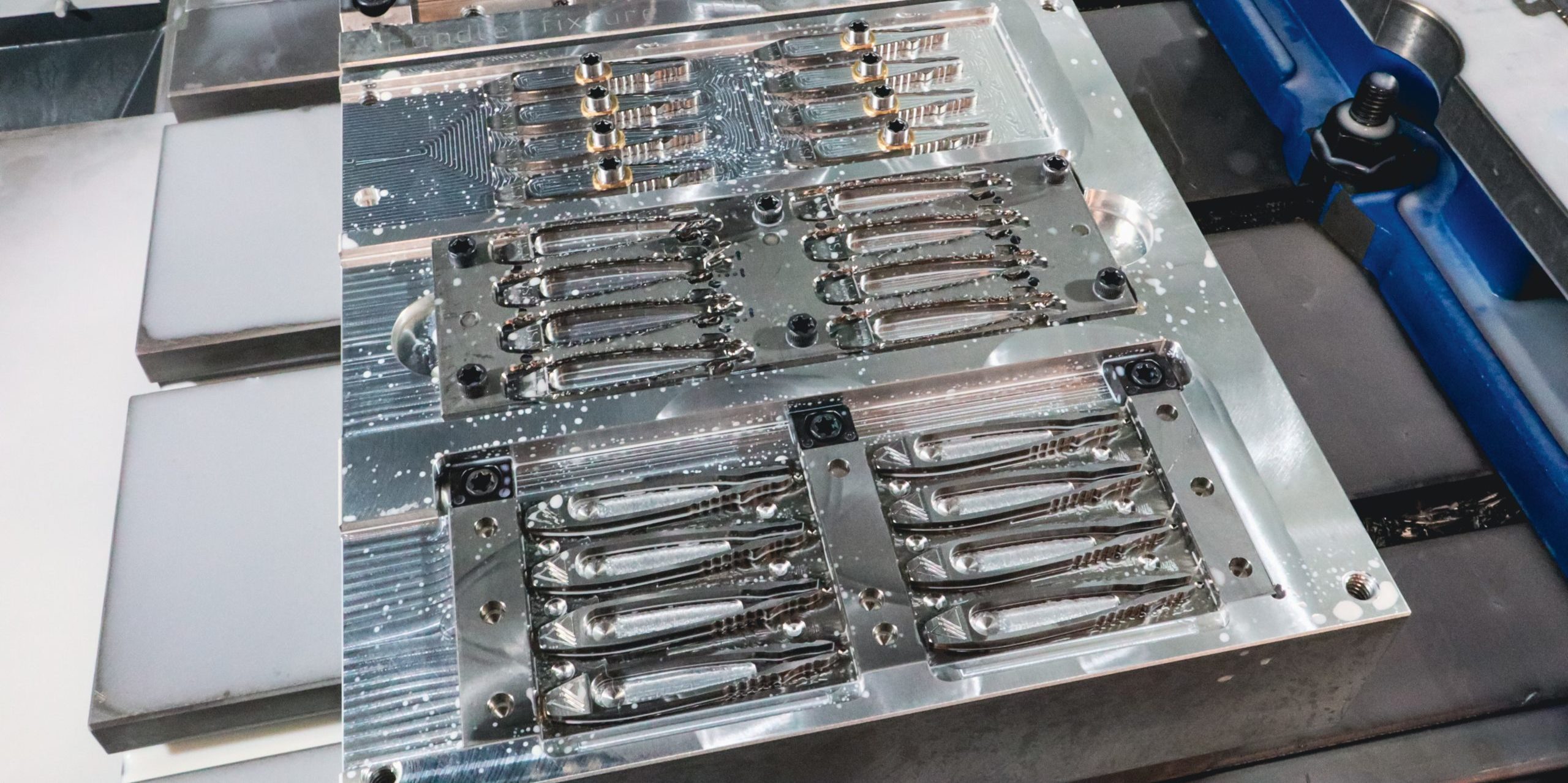
Shown is the tweezer production fixture. The previous shown fixture was only able to produce four tweezers at a time. This one is able to produce eight at a time, while holding more material, while increasing production reliability significantly.
Evolve
Once a product is out in the field we don’t stop there.
Our first released products are fantastic, but we acknowledge that nothing is perfect. We take pride in continuing to optimize, tweak and improve our products as time goes on.
